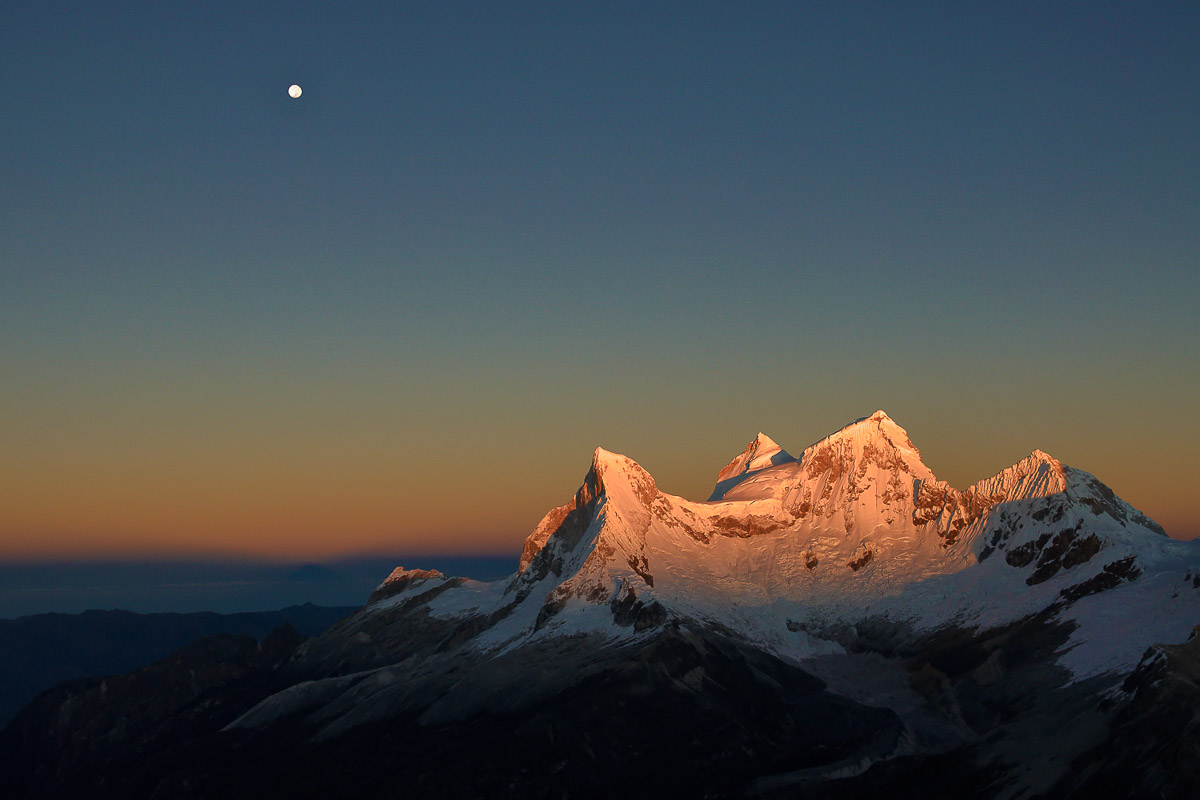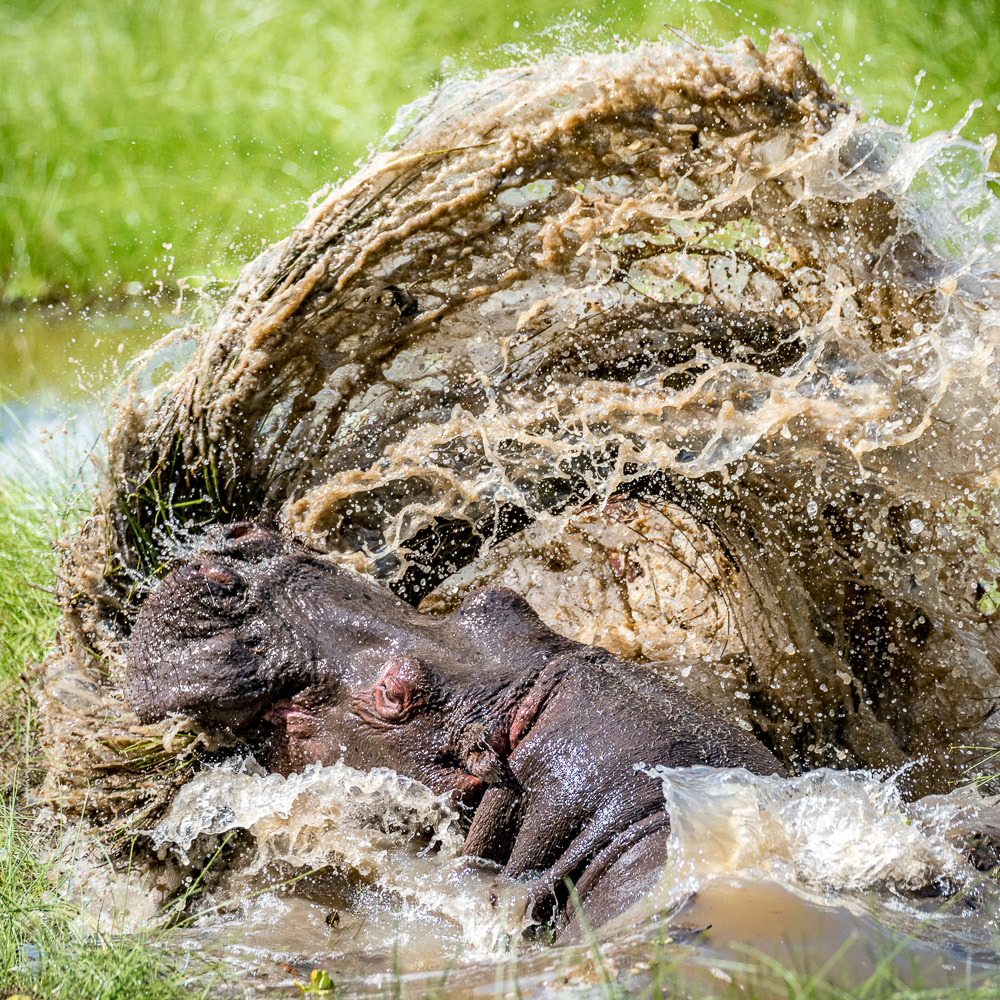Bernd Jul 28, 2011
Intro to Photography Class
Better known as Reddit Photoclass
23 – DAM and Backups
In a sense, we are lucky to live in a digital world: we don’t need to deal with bulky boxes of negatives anymore. But of course, we still need to index and label our images, just as before, or it will be just as impossible to find an old image as it was in the days of film.
Any photographer who has been shooting for a while will have dozen of thousands of images in his library, sometimes hundreds of thousands. My library shows 42,000, and I have only been at it since 2006. That’s a lot of photos. If you don’t organize your library, and if you don’t do it early, you will have an impossible mess on your hands.
The whole process of organizing your images and other multimedia files in something relatively sane bears the somewhat pompous name of Digital Asset Management (DAM). You will have to pay attention to it, sooner or later, so the earlier you organize yourself, the easier and less time consuming it will be.
There are two basic solutions for DAM: you can either try to manage things manually via a carefully crafter folder structure, or you can use dedicated software to hold your library. In the past few years, advanced software such as Adobe Lightroom, Apple Aperture and Bibble Pro have been released, which integrate every step of the digital workflow in a single interface. They are by far the easiest and most efficient solution. I don’t want to sound like a billboard, but there is little doubt in my mind that buying Lightroom would be some of the best money you spend on photography.
There are a few important concepts in DAM:
- You should organize your files in a well defined, well thought-out structure. A very popular way of doing this is simply by date: all files shot today would go in the folder 2010/2010-09-17. Filenames are also important, I name mine by date and location, which would give 20100917-copenhagen-001.nef for instance. This should be done regardless of how your library software shows the files, as it is an insurance you can find your files even if you are unable to launch the software, for a reason or another.
- You should use metadata. The camera will automatically record shooting parameters (in the EXIF tags) but you should add further information indicating both information on the content of the image (location, subject, style, etc) and the current “status” of the image, whether it is marked as being fully processed, waiting for editing, scheduled for further look, archived for future use, to be removed, etc. Doing this early will allow you to search through old images quickly.
- Another important concept is to use non-destructive editing. This means that you are never overwriting the original file and always have the ability to go back to earlier stages of the edit process. NDE is built-in in software like Lightroom but you need to be careful if you use photoshop or similar applications. Either keep an untouched bottom layer (see a later lesson for more on layers) or, better, always work on a copy of the image, never on the original. Your style, your tastes, your skills and your software will all evolve in time, and you will want to go back to old photos and correct some of your editing.
The other major component of DAM is backups. As the saying goes, everybody needs to go through one major dataloss before getting serious about backing up. Just make sure it doesn’t happen to your most important images.
The truth is, nobody knows how to store digital files for a long period. Optical media (CDs and DVDs) only last a few years at best. Hard drives fail all the time, often with no warnings. Tape backups are better but still do not last forever. Storing files on the cloud (Amazon S3, dropbox and similar services) works well but still doesn’t scale to the many GB of digital photographs. And of course, even immortal media wouldn’t survive fire, flood or accidental erasure. For these reasons, the basic rule is to have multiple copies of your important files (raw and processed versions of your best images at the very least) and to store them in different locations. 3 copies in 2 locations is a good basic practice.
You need to backup at both ends of the workflow pipeline:
- At the very start, just after you shot them, your images are very vulnerable. They all live on a tiny piece of plastic and there is a single copy in the whole known universe. If you accidentally format the card, lose it or suffer from memory corruption, it is gone forever. For this reason, you should try to make an additional copy as soon as possible – usually, this means downloading the card on a computer disk. You should immediately make another copy to a secondary drive, as otherwise, you would find yourself with a single copy again as soon as you reformat the card. Ideally, you would make an off-site copy, but it is rarely feasible.
- At the other end, once you are done editing, you will want long term storage. This is when you really need off-site copies. With the low cost of hard drives, the cheapest and easiest way to achieve this is by putting your entire collection on a portable disk and hand it to friends or family, syncing your collection every time you visit them (hopefully every few weeks). Of course, don’t forget to renew the disk every couple of years, as they don’t last forever.
Backing up is a costly operation and a major hassle, but you will be glad you did, sooner or later. The only question is whether you have to lose important data before you realise this (I did).
3 Comments
-
-
Sports betting, football betting, cricket
betting, euroleague football betting, aviator games,
aviator games money – first deposit bonus up to 500 euros.Sign up bonus -
cxsqk6




I personally think that remote backup is the best solution and indeed does scale very well. Amazon S3 for example you pay for the space you use and there are ‘no limits’.
Well unless maybe you are up around thousands of TBs. Because upload performance on todays internet connections is very slow I would use a setup with a NAS at home that runs a scheduled job that syncs your files to some remote backup service on the internet and sends you an e-mail each time the job completed.
Kr, Bernd.